So, in 2018, I stuck to my beginner’s training plan, but I was probably too ambitious about my target pace, and more problematically I had knee niggles going into my first marathon, and they duly manifested themselves a little over half-way through the London Marathon, and I had to walk a good deal and go a lot slower than planned.
In 2019, I had months of injuries with various pulled muscles starting from the previous autumn, none of which I let fully recover before I injured them again. Despite adopting a run/walk strategy with walking for 45 seconds after 135 seconds of running, and a conservative pace target for the Milton Keynes Marathon, I hit the wall around 20 miles due to inadequate training, and was even slower than London.
In 2020, my Boston Marathon UK plans started well but encountered AOC (Age of Coronavirus) – the race was postponed until the autumn, then lockdown rules and guidance imposed constraints on being out of the house. Plan B for a run on the seafront at Felixstowe had to be dropped as it was too far from home, likely to be too busy, and Lucy as my crowd support and water station would be too conspicuous, and I developed a Plan C closer to home, less interesting, but still practical and sticking to the spirit and science of the new way of life.
I had considerable doubt about whether even Plan C was going to be viable, with the risk of greater government or police-imposed restrictions in time, influenced by stricter lockdowns in other European countries and poor compliance by some people in the UK (and over-zealous interpretation of the law and the science behind the law by many UK citizens, journalists, politicians and police officers).
However, I decided to persist with my marathon training, albeit the plans to make the long Sunday runs as varied as possible were curtailed.
Training plan
I started my 16-week marathon training plan on 30 December 2019. It called for 5 runs a week: generally intervals or hills on Tuesday, two longer runs on Wednesday and Thursday, parkrun on Saturday (usually as brisk as I could run it), and a long slow run on Sunday. Over those 16 weeks, I missed just one run, a parkrun, effectively substituted by a brisk hilly hike the day before, and completed all of the other runs.
I successfully ramped up my distance, so that for 12 weeks in a row I ran over 50km, several of them over 60km – well in excess of my normal.
I ran not just one 30km/20-mile long run, as some plans and amateur marathoners aim to culminate in, but 4 of them, with 9 half-marathons or longer in 9 weeks, plus regularly doing in excess of 10km on both a Wednesday and a Thursday during those weeks – this was a big increase over what I’d managed before, and really got my legs used to running distance, and running when tired. February 2020 was a record monthly distance for me, and then I beat it by 70km for March 2020.
The plan also had me doing two half-marathon races, which served as tests of my magic Vaporfly shoes, as tests of my pace and training, and as confidence-givers – particularly as I was doing a much higher proportion of my training at “slow” pace than ever before, and “slow” being slower than ever before. Both went well, remarkably well – I had an abundance of energy in the first and ended up running faster and faster and faster; in the second, I knocked several minutes off my PB.
Injuries
As the distance started to grow, my knee pain started to return, and with it anxiety about that pain. But I put a lot of effort into more strength work, and much more stretching throughout the day, plus a lot more heat and ice on the knees. And gradually, almost unnoticed, the pain went away. I found I could run 30km without any knee pain. Although I briefly lapsed, I continued to put in the work, and the ice therapy, to try to keep it that way, but I was very encouraged.
Additionally, I’ve firmly adopted a run/walk strategy for almost all long runs, which gives my knees a break. I can choose to drop that approach during a fast race, such as my two half-marathon races, if I want to, now that my knees are much happier at the start of the race and are better able to cope. My run/walk approach used to be 40 seconds walk per mile, but I’ve increased that to around 120 metres per km, which has the added benefit of sufficient time for drinking, eating gels, taking photos, reading messages on my phone, adjusting my audiobook, checking my route, or anything else that’s difficult to do while running.
Body impacts
I’ve become a great convert to post-run protein recovery drinks, and take one after almost every run that is 10km or longer. Whereas at one time, all long runs resulted in me being zonked, but also suffering from insatiable hunger accompanied by digestive distress, now even quite long runs have very little impact of any sort. I’m less inclined to night-time cramps, too.
I’ve suffered from sweat-associated abrasion between my legs and round the back of my waist, but those have been largely eliminated by wearing Runderwear boxer shorts.
I’ve suffered from blisters on the ends of my second toes and the sides of my big and little toes, and damaged toenails, but those have all been eliminated by use of Bodyglide on my toes, and for the long runs in recent weeks by the use of double-layered socks, also from Runderwear.
I’ve suffered from digestive distress mid-run and inability to take on more fuel during later parts of a race – I’ve now abandoned used of Lucozade Sport and migrated solely to Sport in Science gels, and I don’t seem to have those problems.
The one problem that has developed this year is what I presume to be plantar fasciitis on my left foot. As is typical, the pain is usually worst when I get up in the morning, and at first would ease to nothing with a run, though more recently that hasn’t been the case. It has ebbed and flowed somewhat – it’s not clear whether it is just fluctuating naturally, or in delayed response to my actions – whether that be the impact of long runs, or the impact of stretching, icing, anti-inflamatories, wearing of an insert below the arch of my foot, changing of footwear, and others – teasing out chronic impacts is difficult. However, it hasn’t yet impacted my ability to run.
Taper
Marathon training plans almost invariably have a taper, a 2-4 week period before the race, during which the length and/or intensity of runs is reduced.
My last pre-taper long run was on 29 March, three weeks before the big day. My original plan had me running along the Marriot’s Way as far as Aylsham and then the Bure Valley Path alongside the Bure Valley Railway, where Lucy would come past on a steam train and we’d return on the train back to Aylsham. However, by 29 March that wasn’t an option, so I did a trial run for the marathon, and ran 32 km (20 miles) in two overlapping 1-mile loops around business/industrial parks on the edge of Bury St Edmunds. It wasn’t thrilling, but it was almost flat, and it was fairly quiet – important in the AOC and enabling me to keep the recommended 2 metres distance from anyone else around. It was mentally tough (the more so because it was quite windy and there was some hail as well), but physically went ok, and I managed 31 of the 32 kilometres within a couple of seconds of my target pace.
This route was the basis of my Plan C for the marathon day – if it could still happen by then.
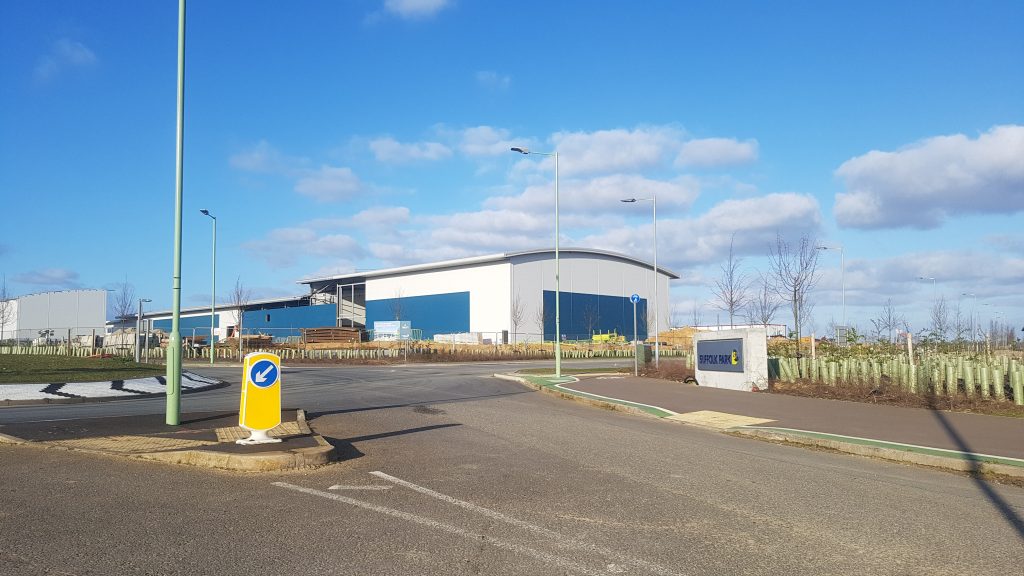
In week 14, the midweek runs were down to just 11km (one slow, one at marathon pace), and the long Sunday run was 25km at slow pace through Woolpit Green, Drinkstone, Drinkstone Green, Felsham, Bradfield, Rougham and Hessett – passing Alex (by chance) and Andrea (planned) en route. A pleasant outing, though not the novelty of the originally planned route. There were a lot of dog-walkers out, generally couples or families – one benefit of AOC is that the nation’s dogs will be fitter, and possibly some of the owners too.
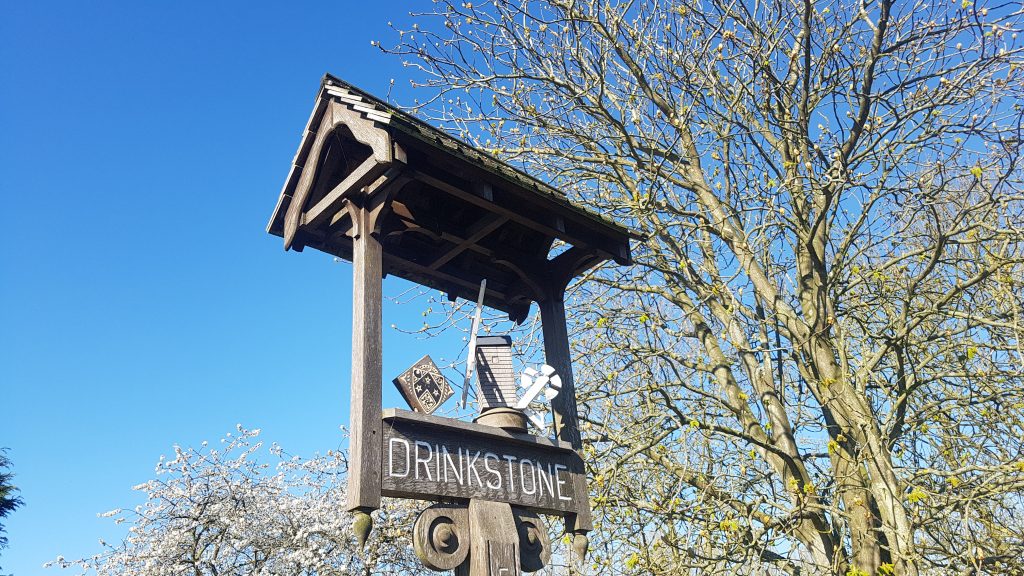

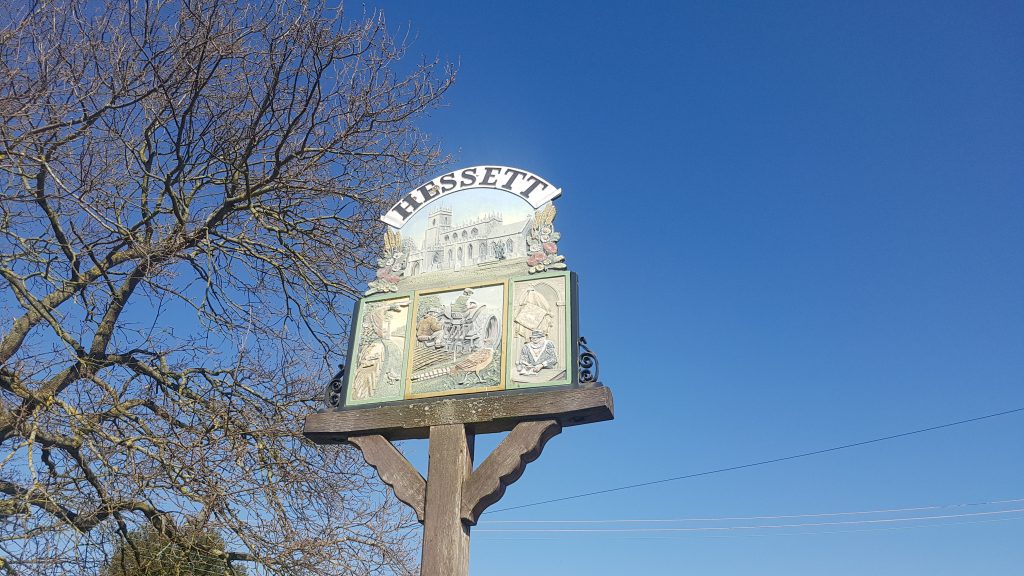
In week 15, midweek runs were down to just 8km, and Sunday saw me doing 19km at marathon pace through Tostock, Norton, Norton Little Green, Elmswell, Borley Green and Woolpit Heath. Again, it went very well – lots of energy left, which was encouraging given that I would need to do another 23km at that pace in only a week.
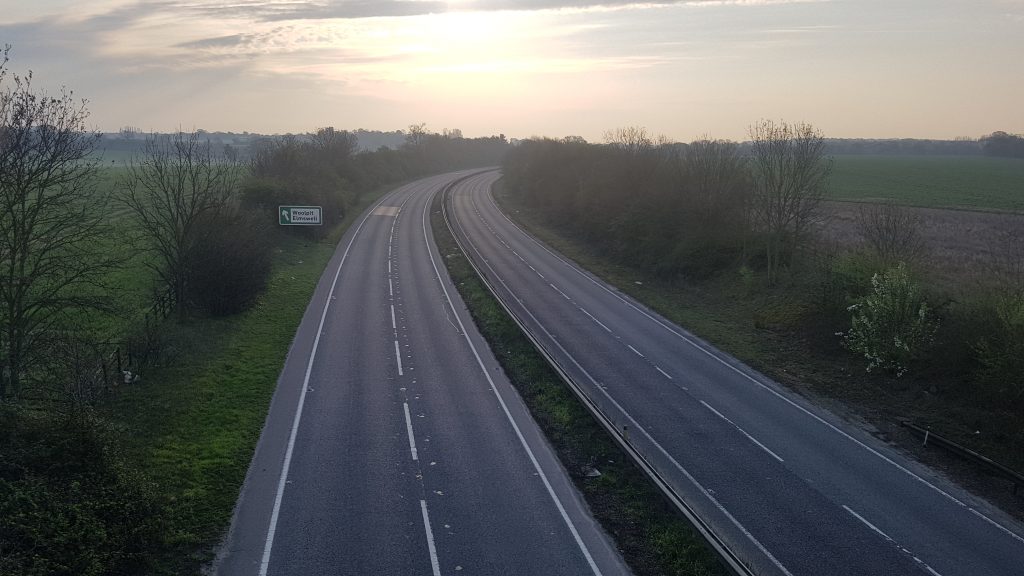

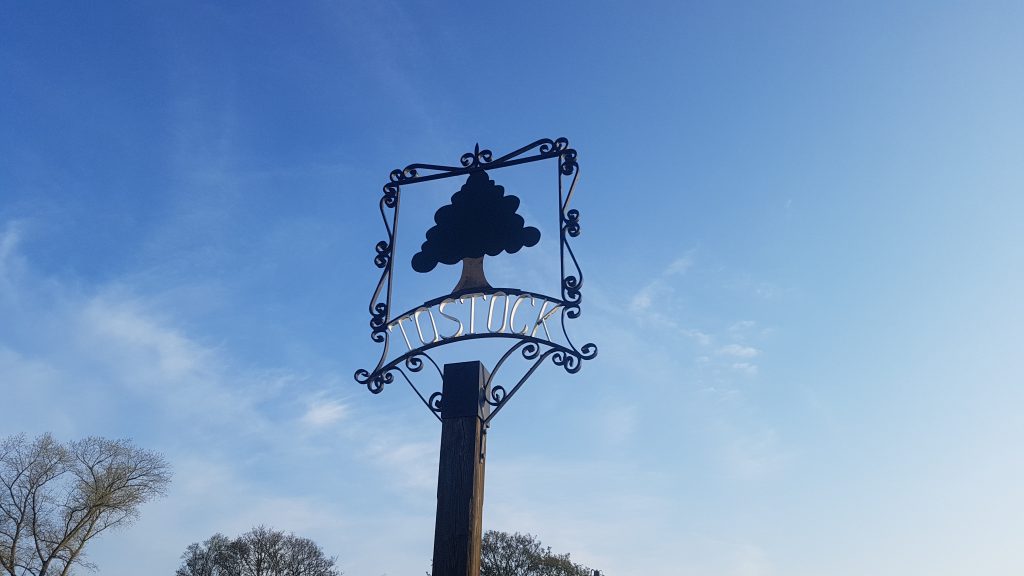
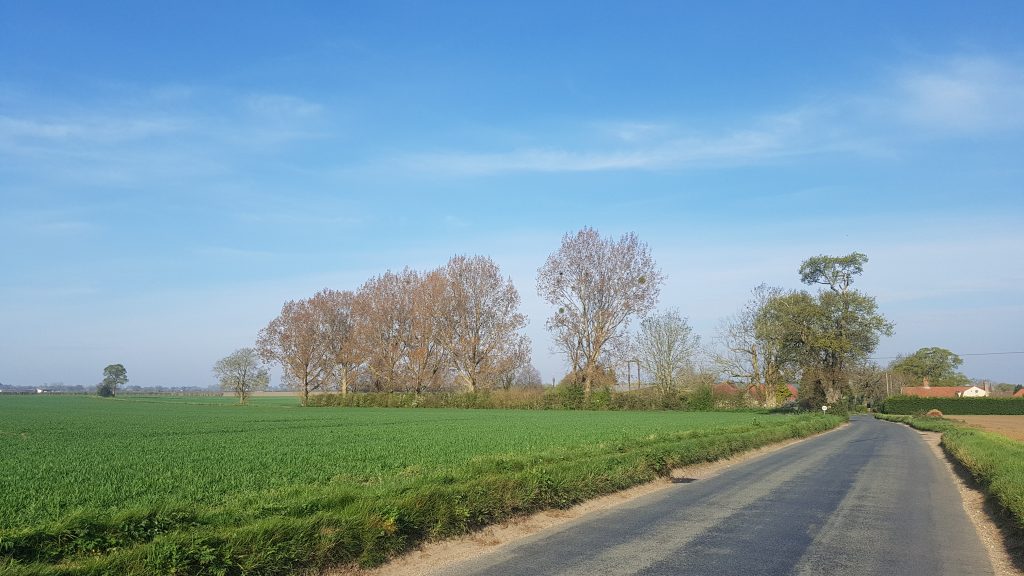
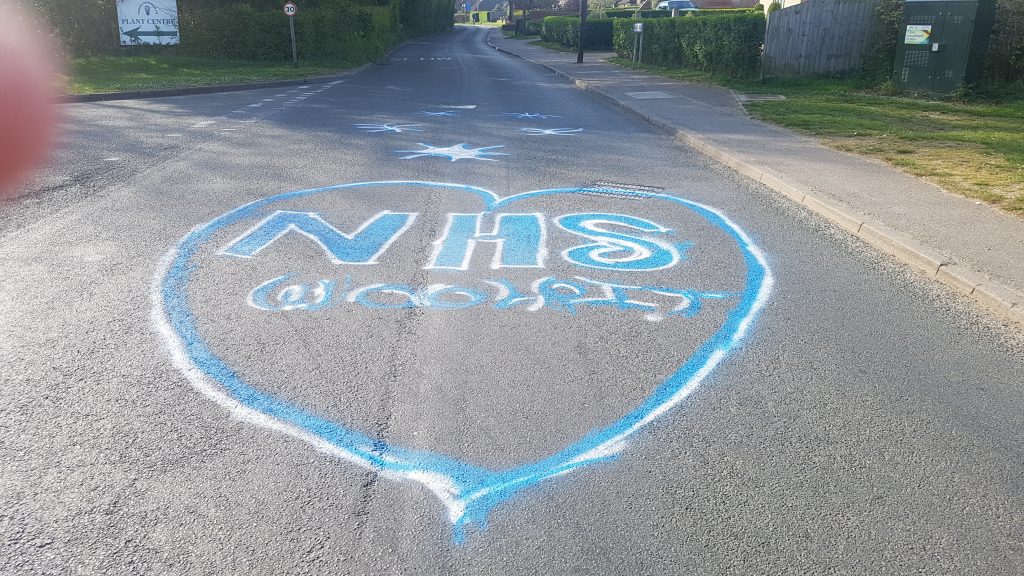
Week 16 saw the midweek runs drop still further to just 6km, with an extra rest day on Thursday. My plan officially called for just 3km very slow on the Saturday, but I went out with Lucy for the 5km of the “Woolpit parkrun”, as for me it’s a good deal slower than my “slow” pace.
So, all ready for a marathon? Maybe not quite “as ready as I’ll ever be” but certainly “readier than I’ve ever been”.

One reply on “Marathon preparations”
[…] eight months after entering, and after a nominal four months of much-interrupted training, it was marathon […]